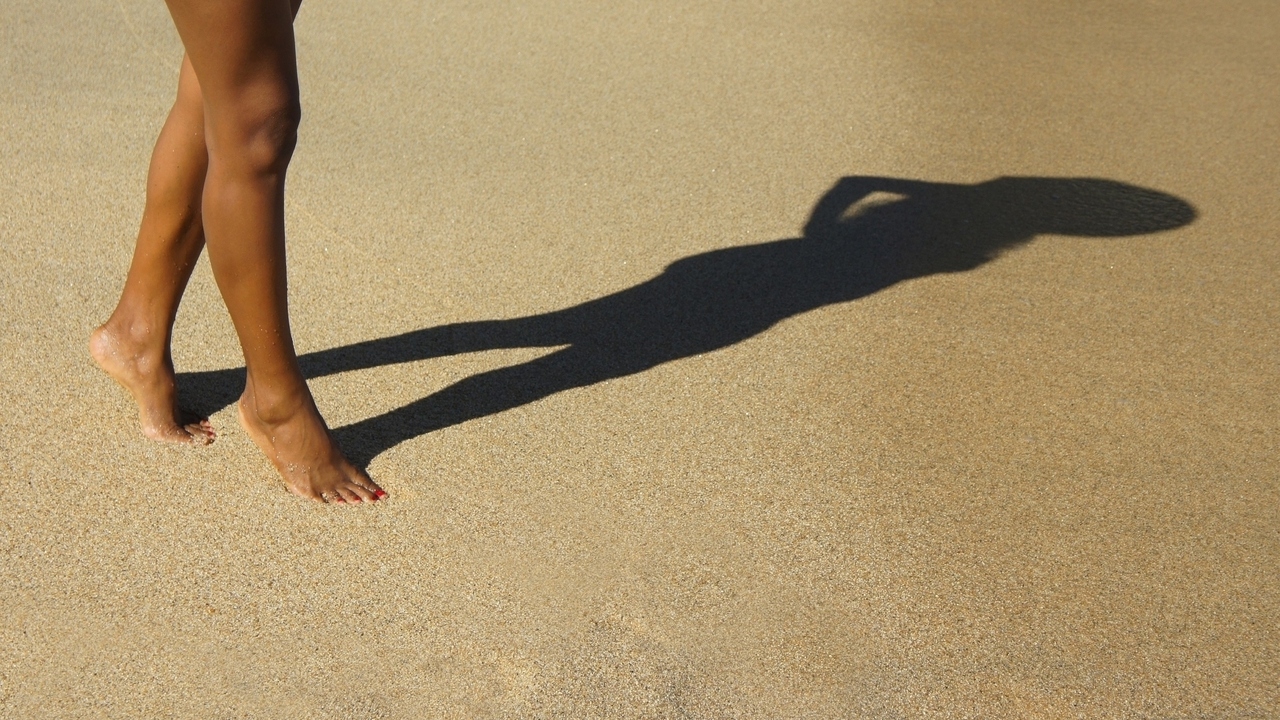Photodynamic therapy is an alternative treatment for numerous skin conditions, including actinic keratosis, acne, rosacea, skin cancer, and skin damage. Photodynamic therapy is a medical treatment that destroys cells in a target area through the use of light-activated chemicals. Photodynamic therapy uses a photosensitizing drug: either a light sensitive cream, liquid, or intravenous drug. The photosensitizing drug is allowed to incubate in the body. The period of incubation depends on the individual and the area to be treated. Following the period of incubation, the target area is exposed to a light source that activates the medication.
For the treatment of actinic keratosis, the photosensitizer Levulan Keratsick (composed of 20 percent delta-aminolevulinic acid HCl) is used. The medication has an incubation period between 14 to 18 hours. Following the incubation period, the target region is exposed to a blue light source (visible blue light). Patients are exposed to the light source for 16 minutes and 40 seconds. The treatment activates oxygen molecules in the marked tissue, leading to apoptosis (cell death). The treatment for actinic keratosis is localized, causing cell destruction only in the affected region.
While photodynamic therapy causes temporary sensitivity to light, the sensitivity is not permanent. Sensitivity depends on the medication given, and will cause sensitivity to natural light. Intravenously given medication can cause sensitivity to the entire body for six weeks, while topically applied medication, such as aminolevulinate, can cause localized sensitivity for one to three days. During the incubation period, it is important to avoid exposure to light. Proper protection, including sunscreen, long sleeve clothing, and sunglasses, is important.
Photodynamic therapy can cause some side-effects. Mild complications include skin irritation, such as burning, redness, telangeictasia, blisters, skin discoloration, pain, and cold sore activation. More severe complications include eye injury, cosmetic disfigurement, topical anesthesia, pre-cancer and cancer recurrence, and possibly death. Before receiving photodynamic therapy, talk with your doctor about possible health risks and complications. The procedure itself rarely causes lasting skin damage, such as scarring. Before receiving blue light therapy, consult your dermatologist to determine the best treatment for your condition.
References:
http://www.medicinenet.com/photodynamic_therapy/page9.htm#other
Chris Gromisch is a Junior Chemistry major at Trinity





Add a CommentComments
There are no comments yet. Be the first one and get the conversation started!